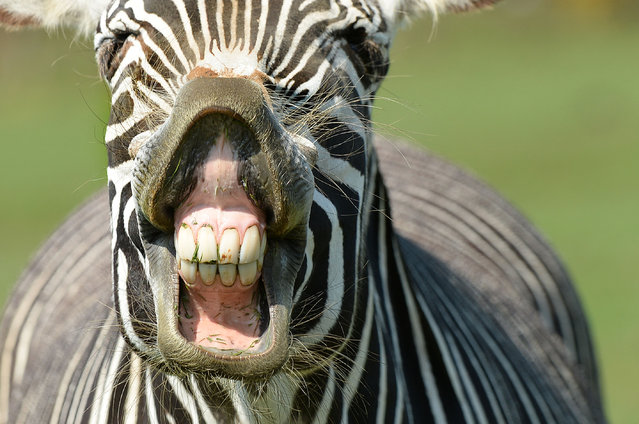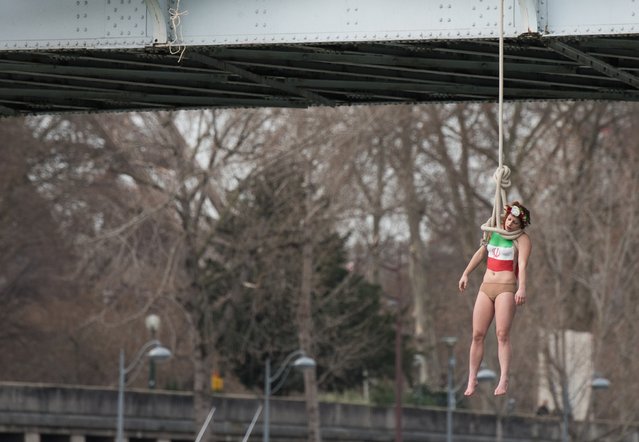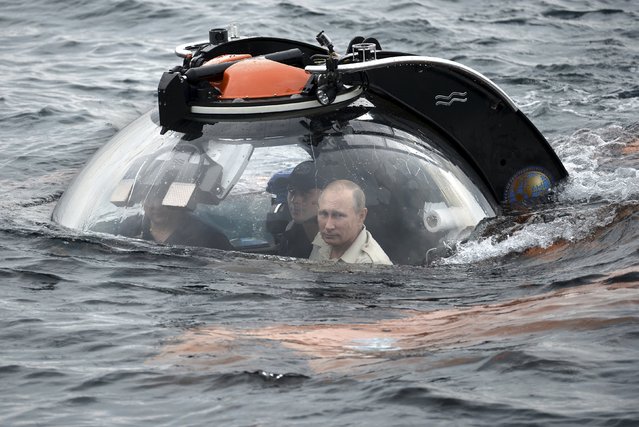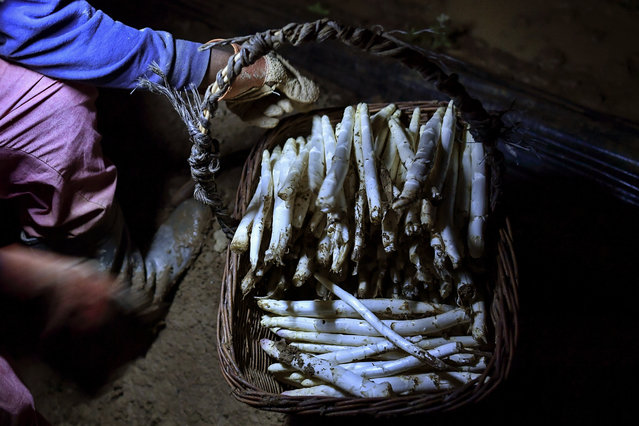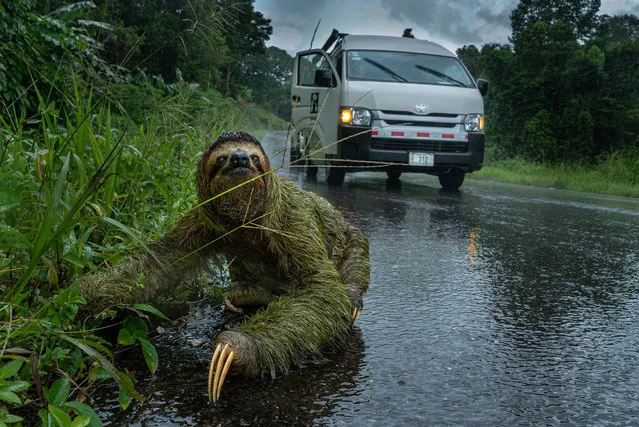
Attendees wear a cardboard “Facebox” at the 2017 South By Southwest (SXSW) Interactive Festival at the Austin Convention Center in Austin, Texas, U.S., on Monday, March 13, 2017. The SXSW Interactive Festival features a variety of tracks that allow attendees to explore what's next in the worlds of entertainment, culture, and technology. (Photo by David Paul Morris/Bloomberg)
